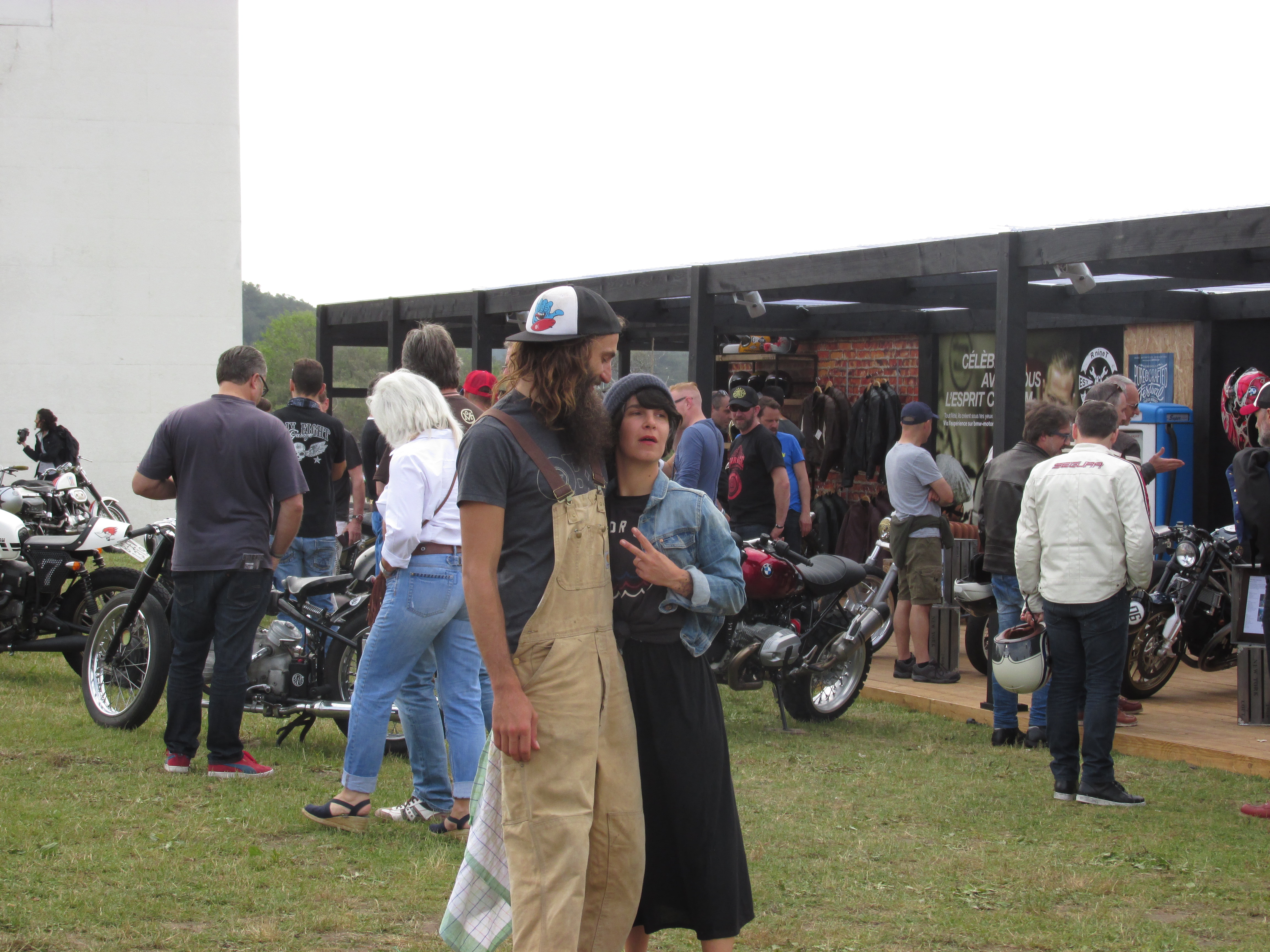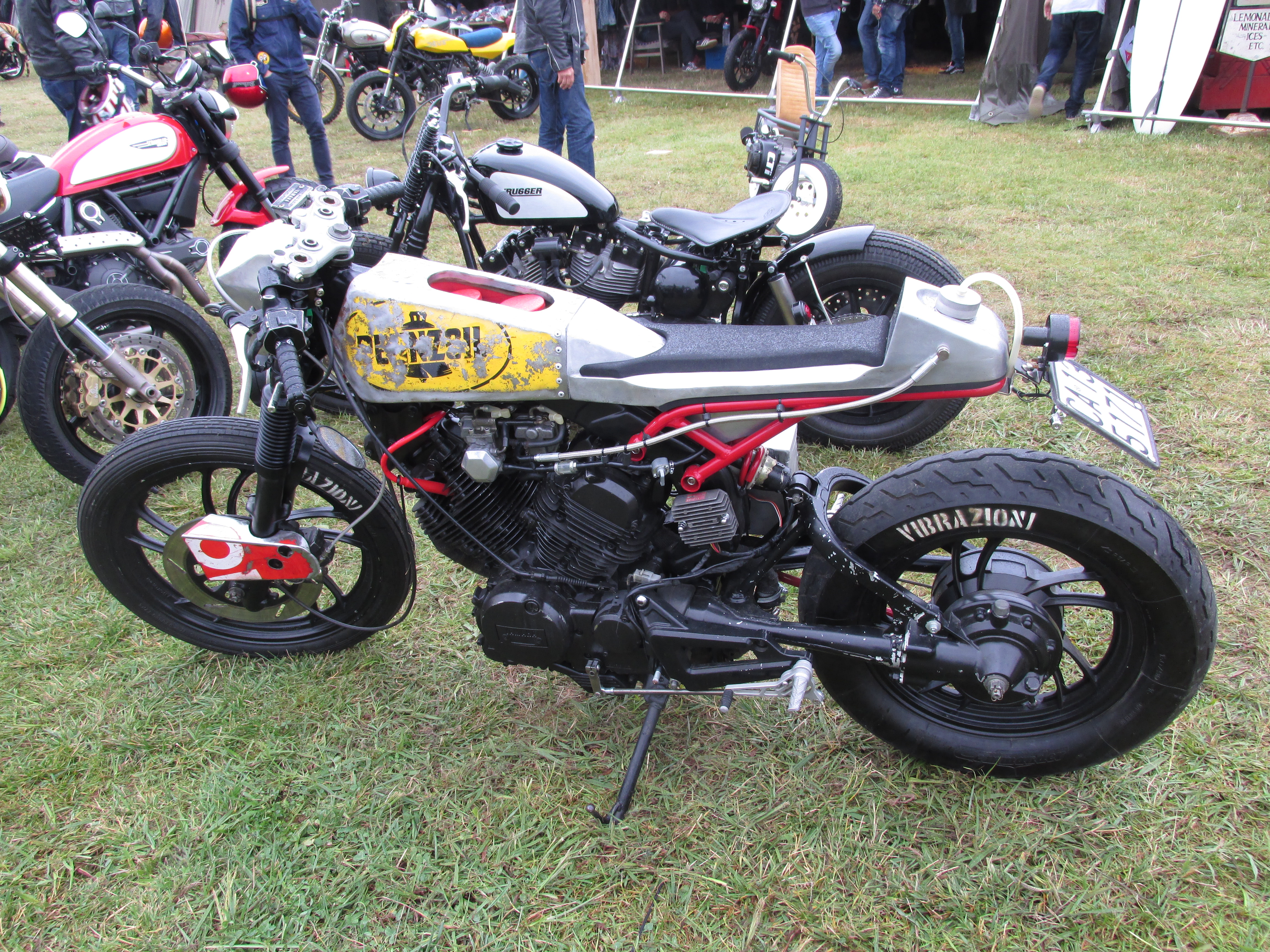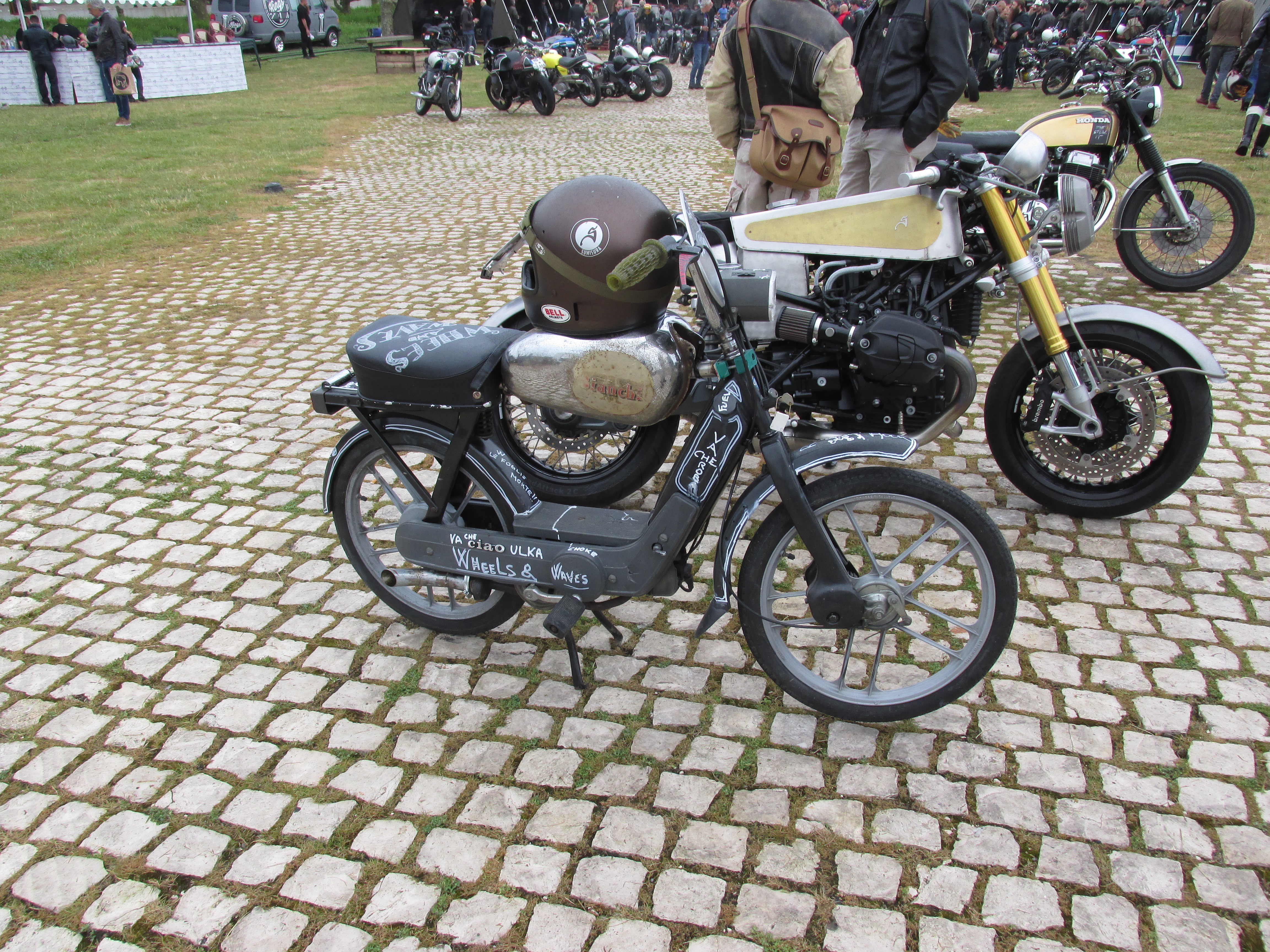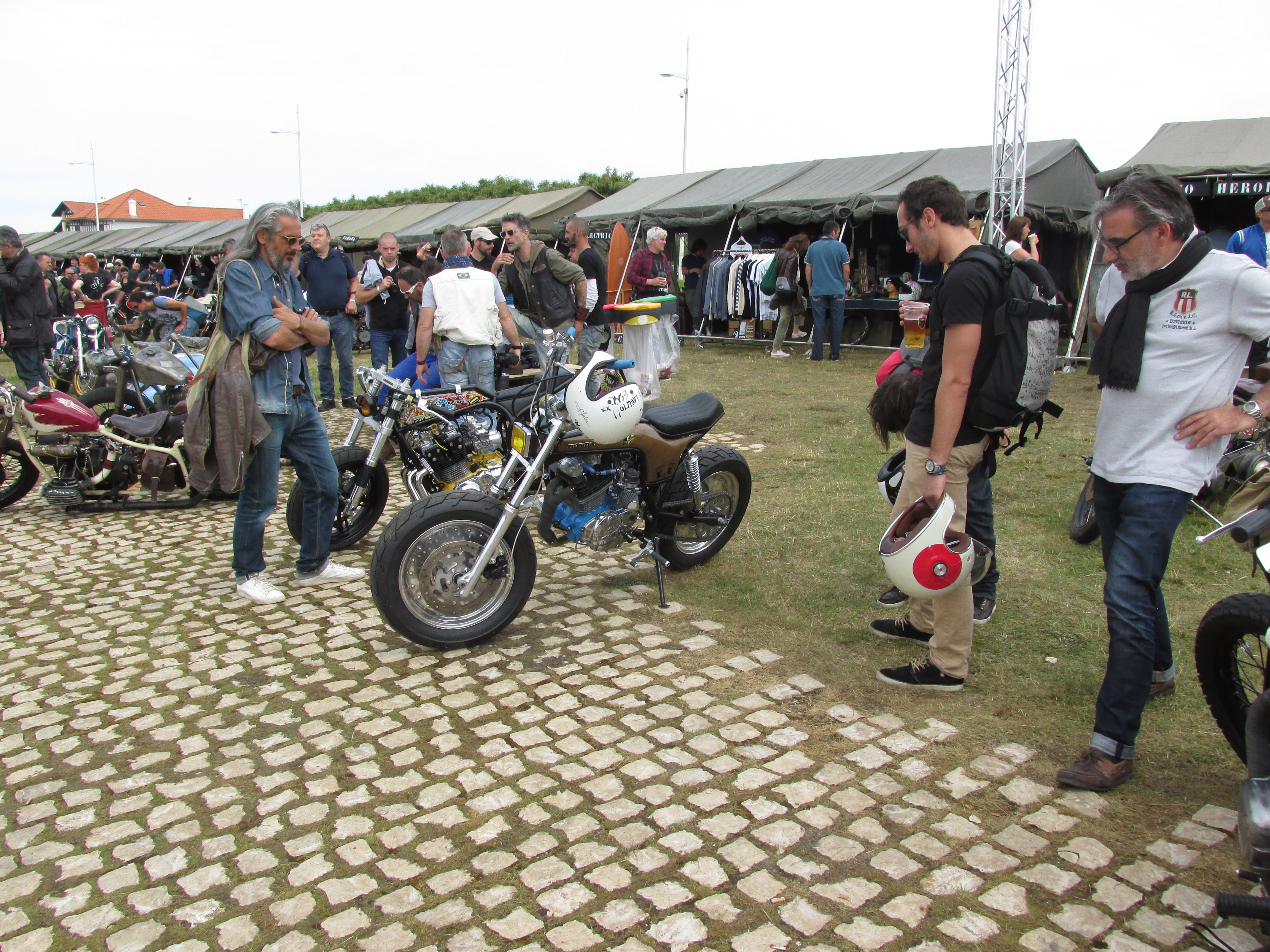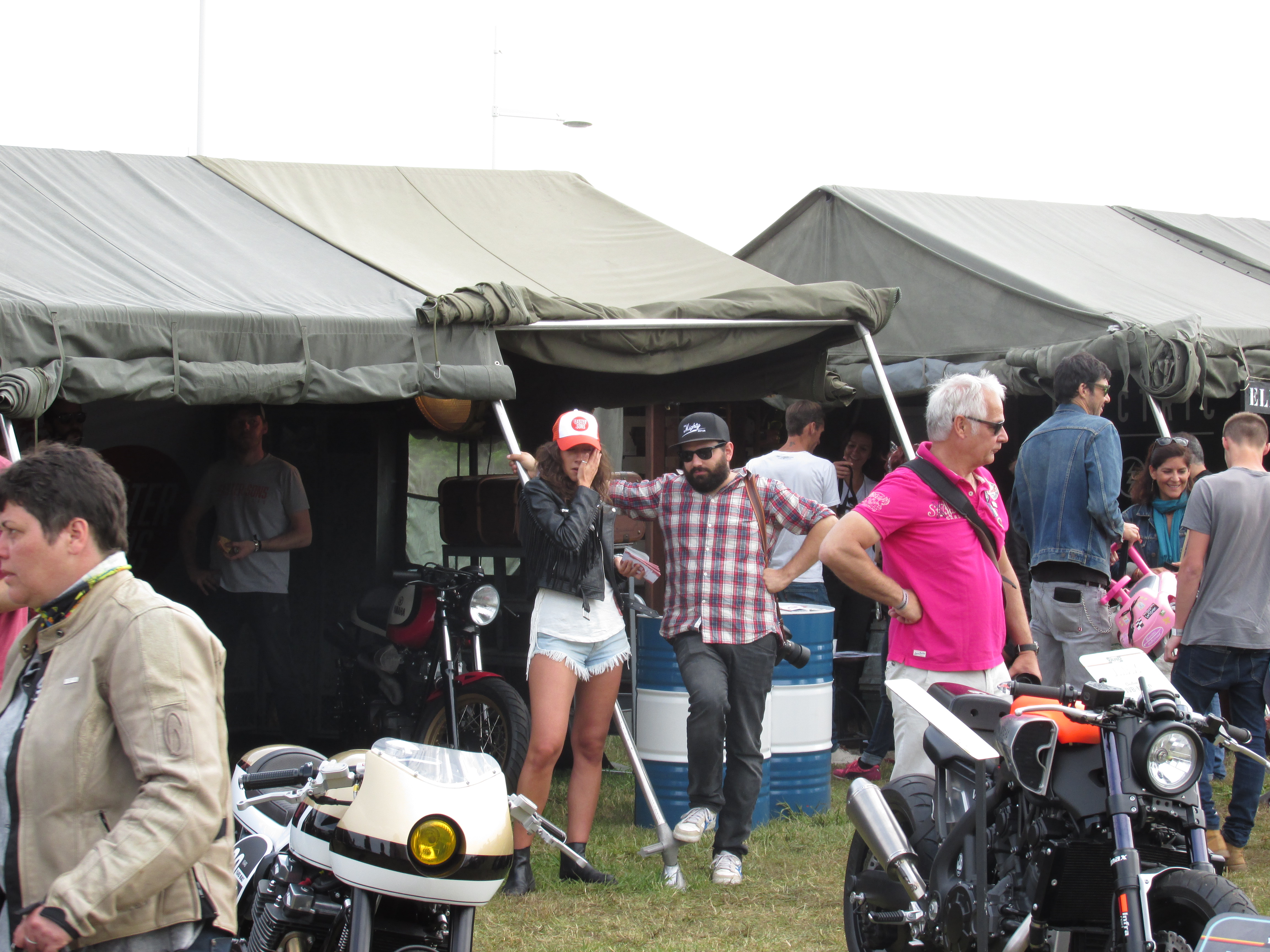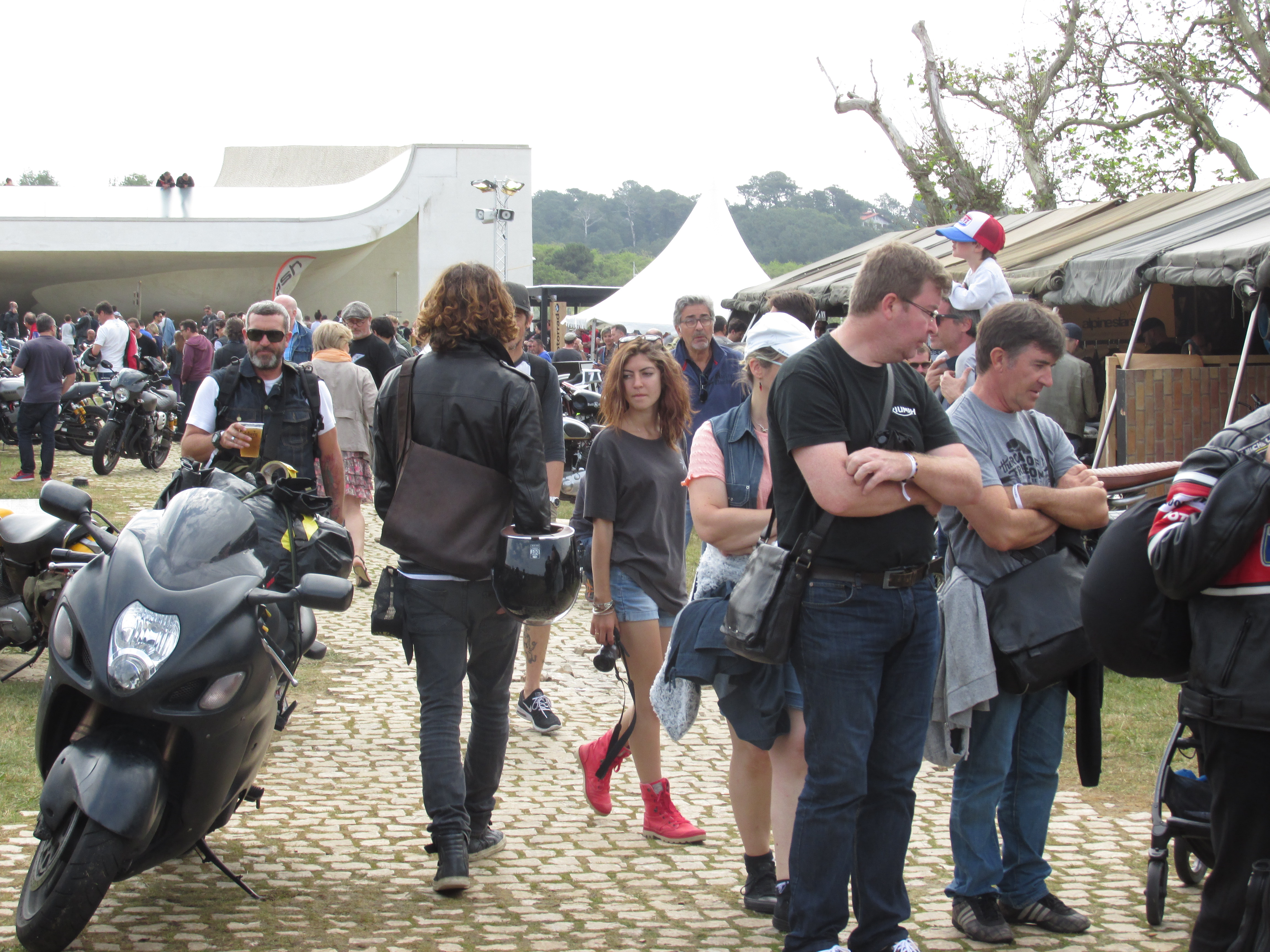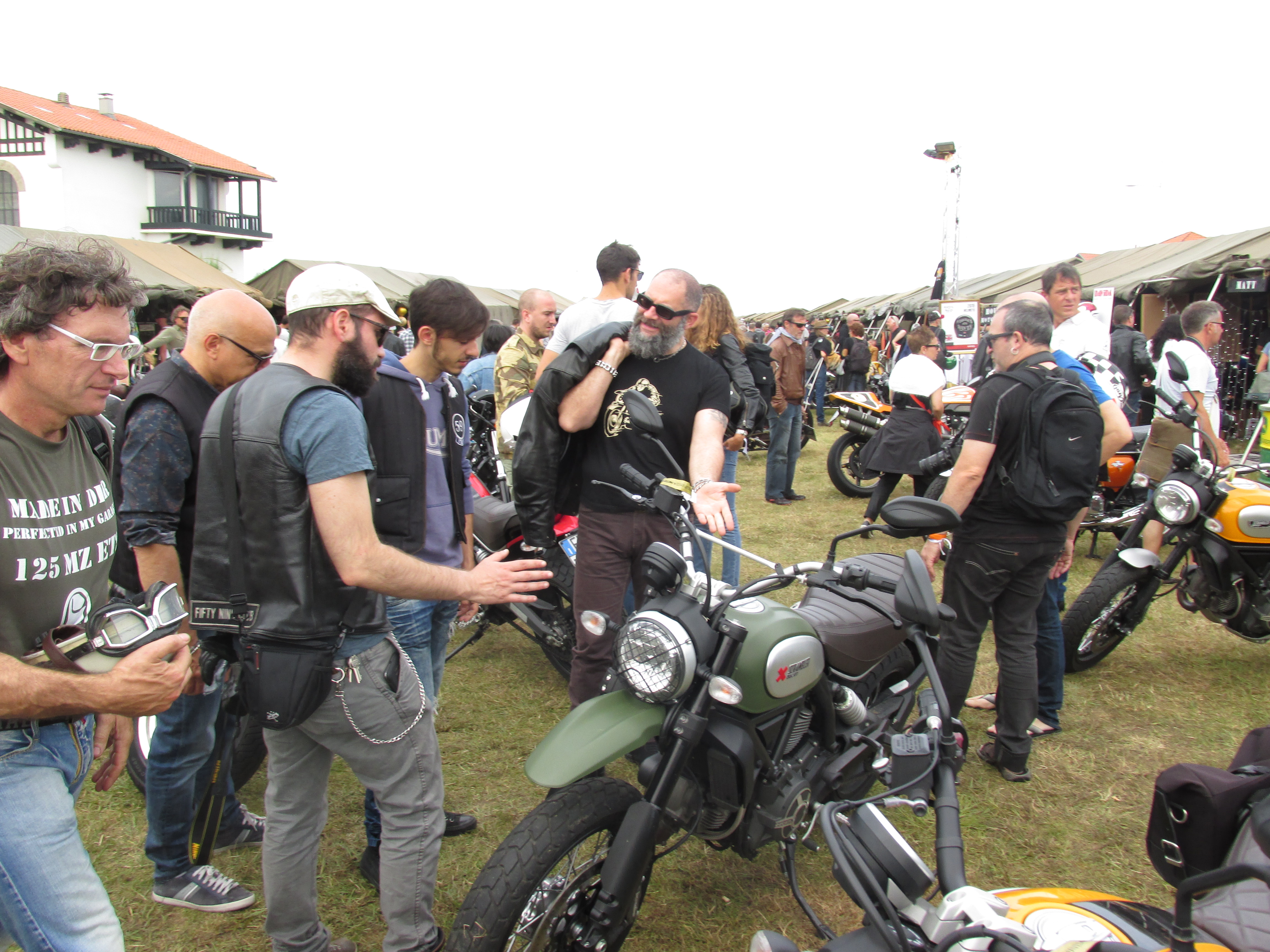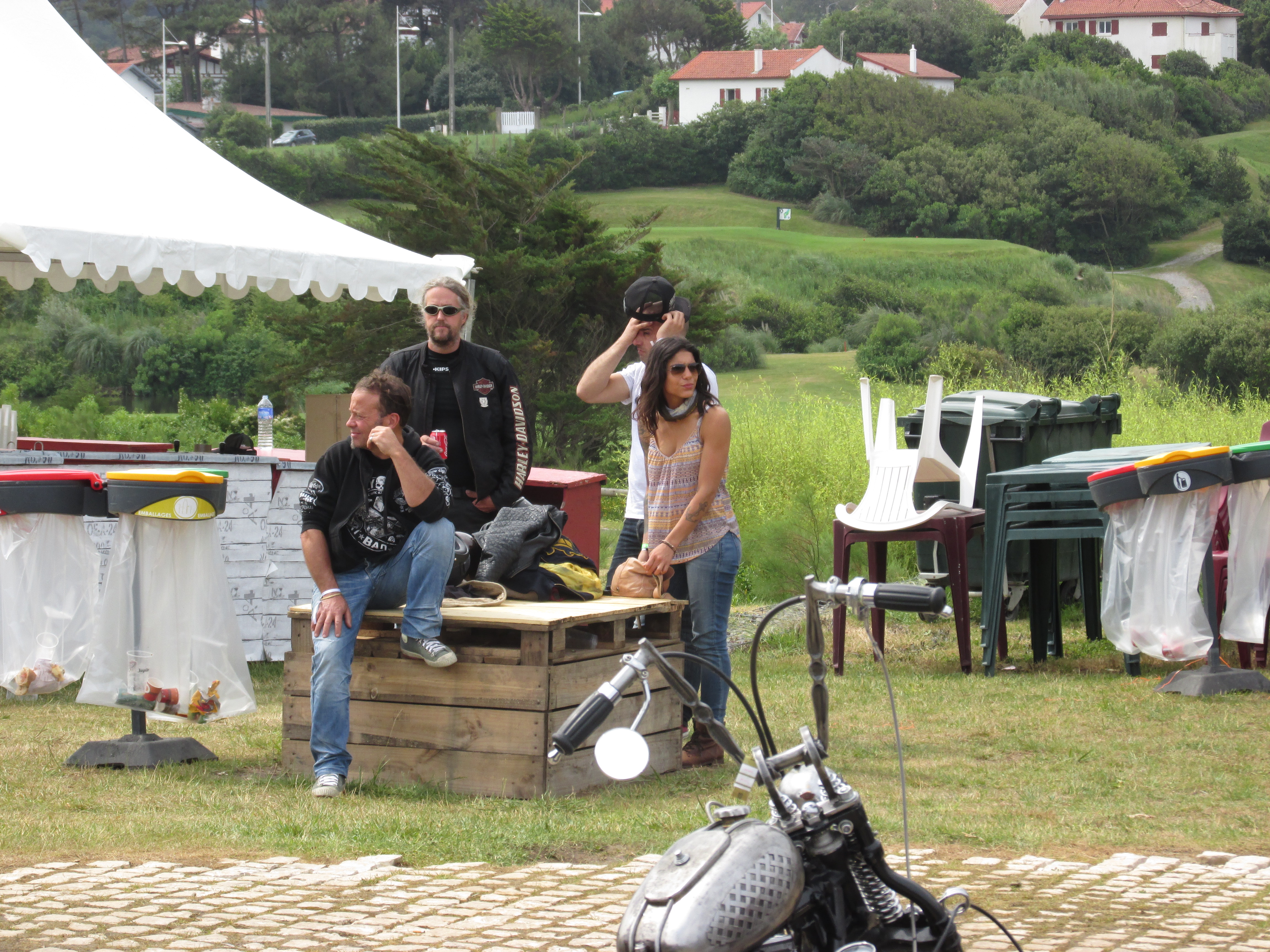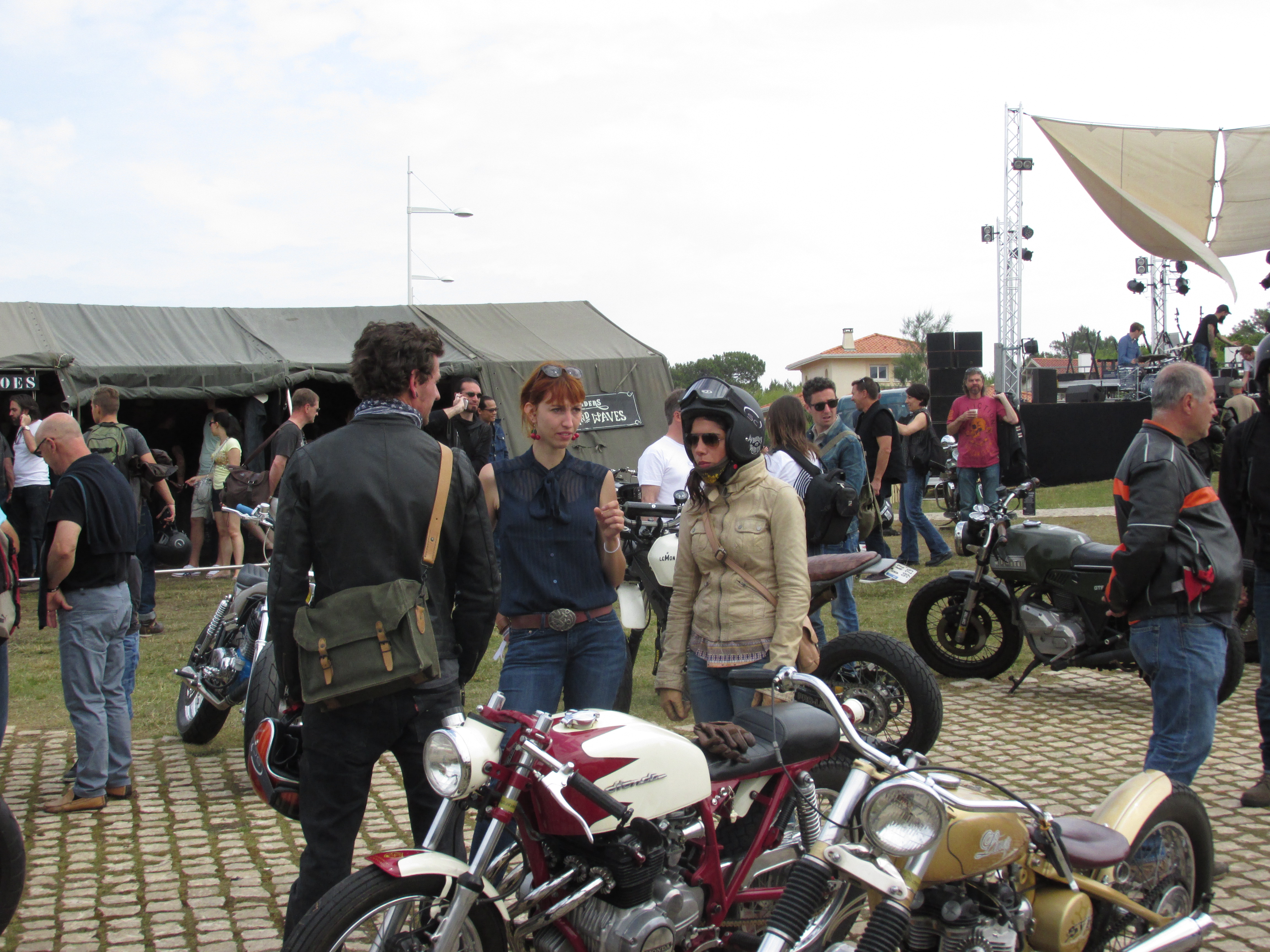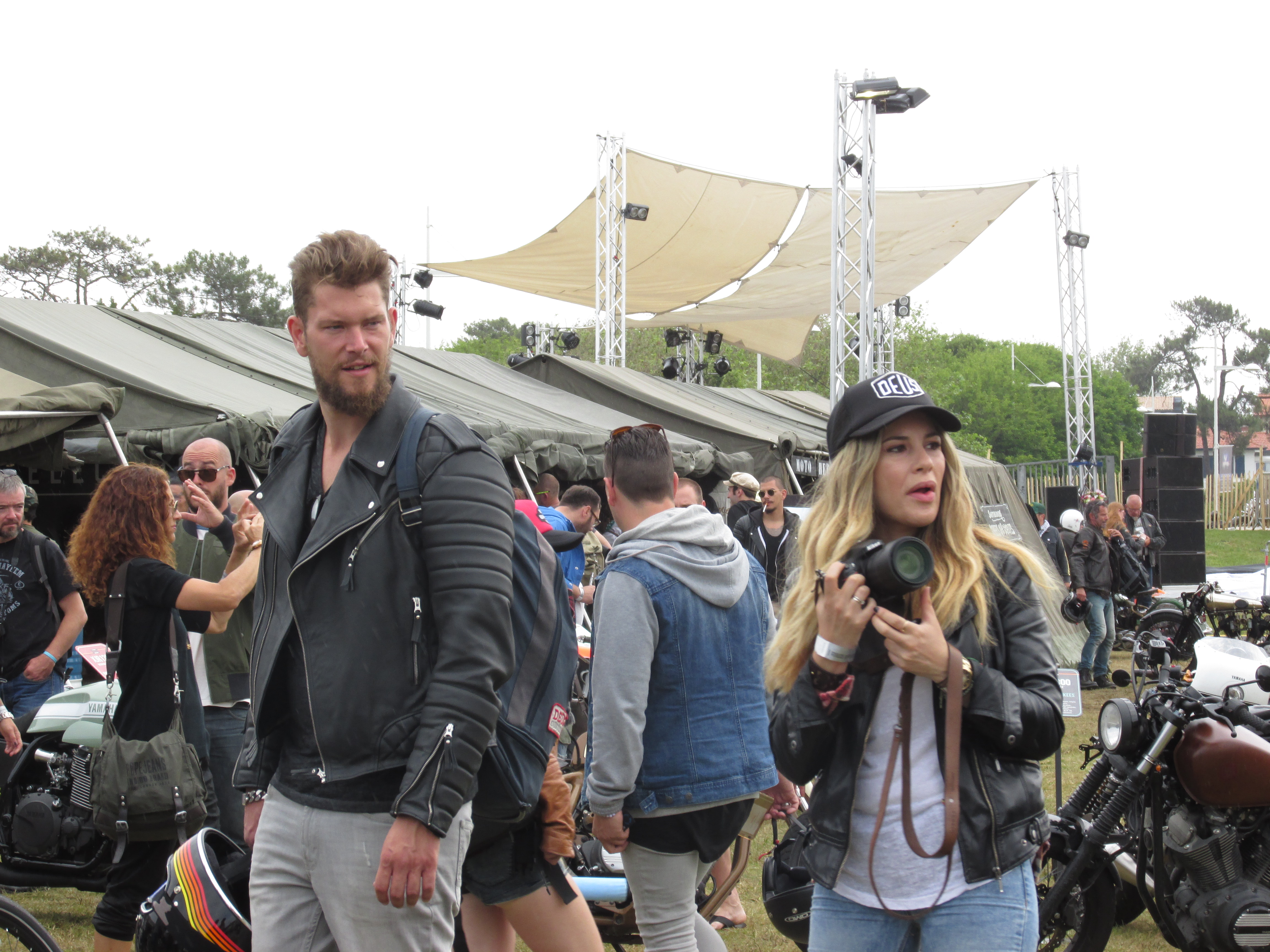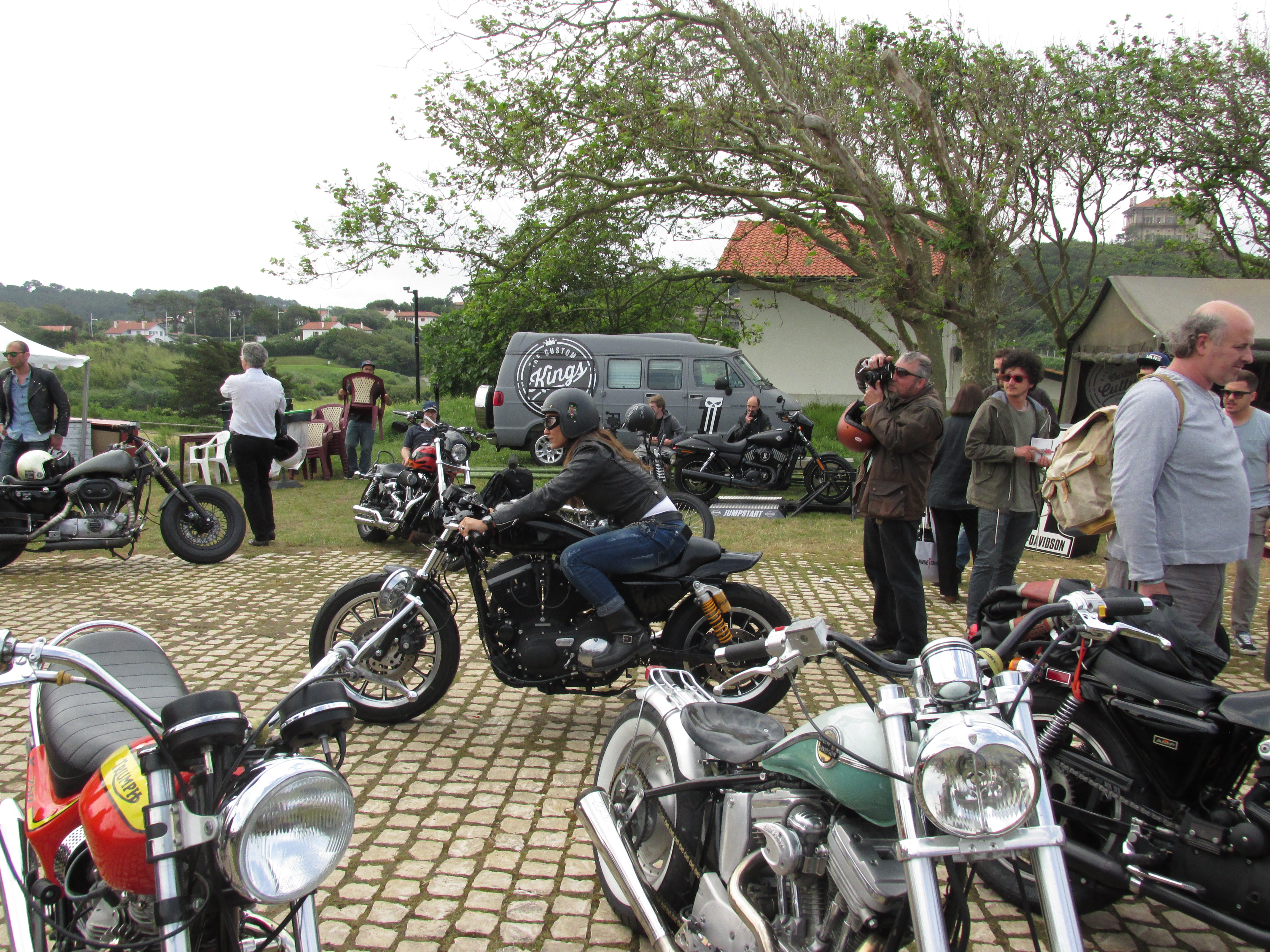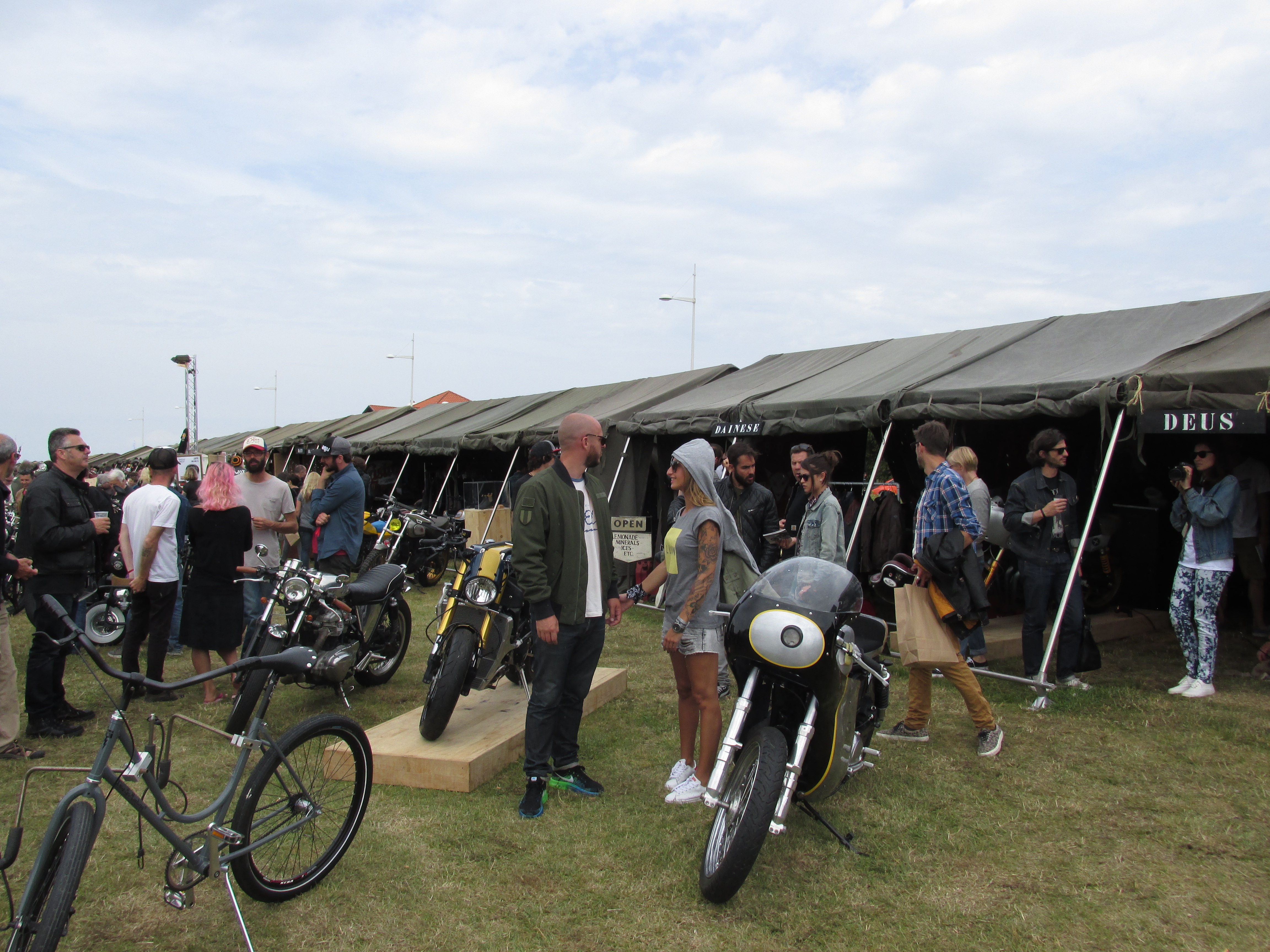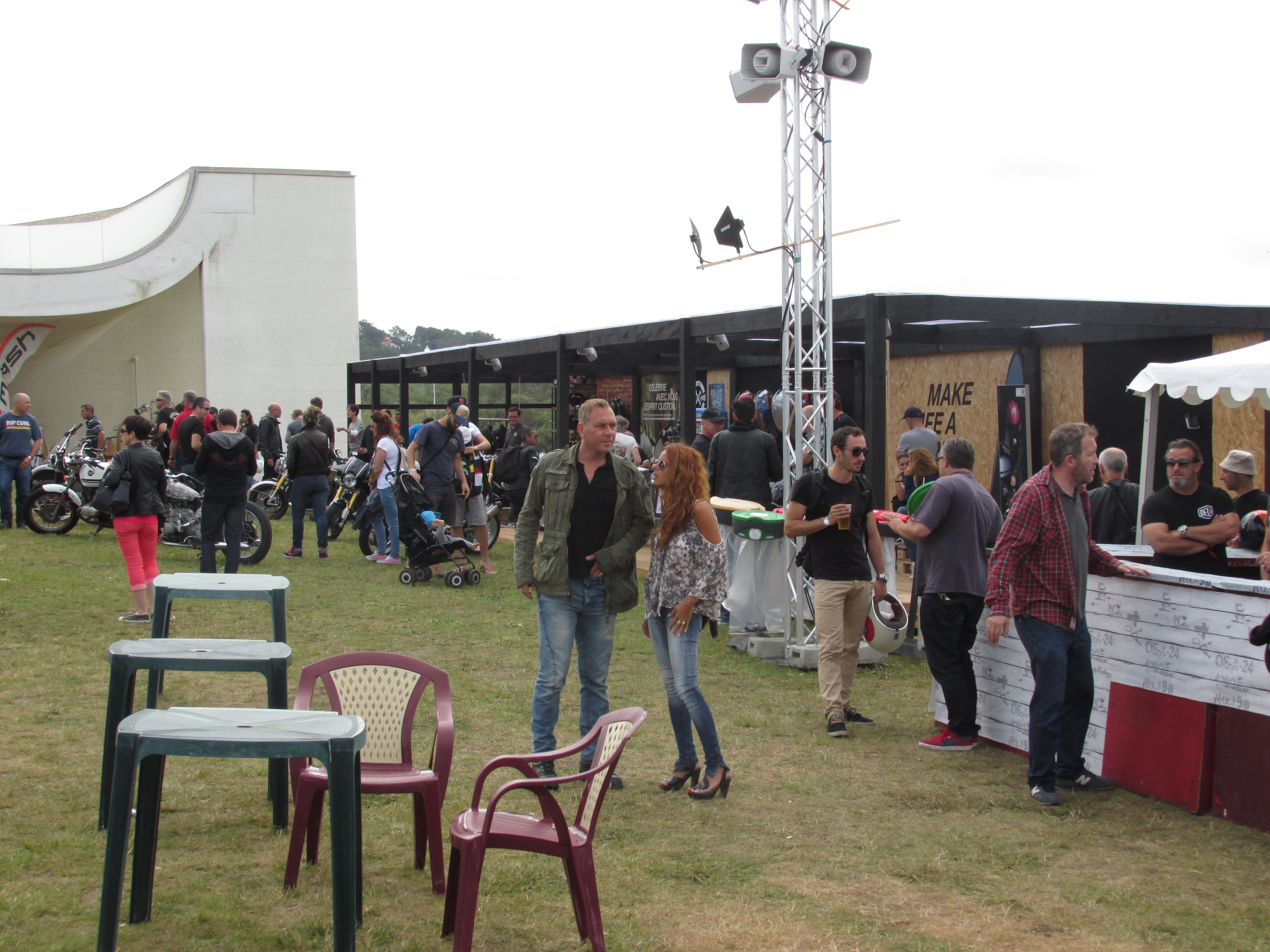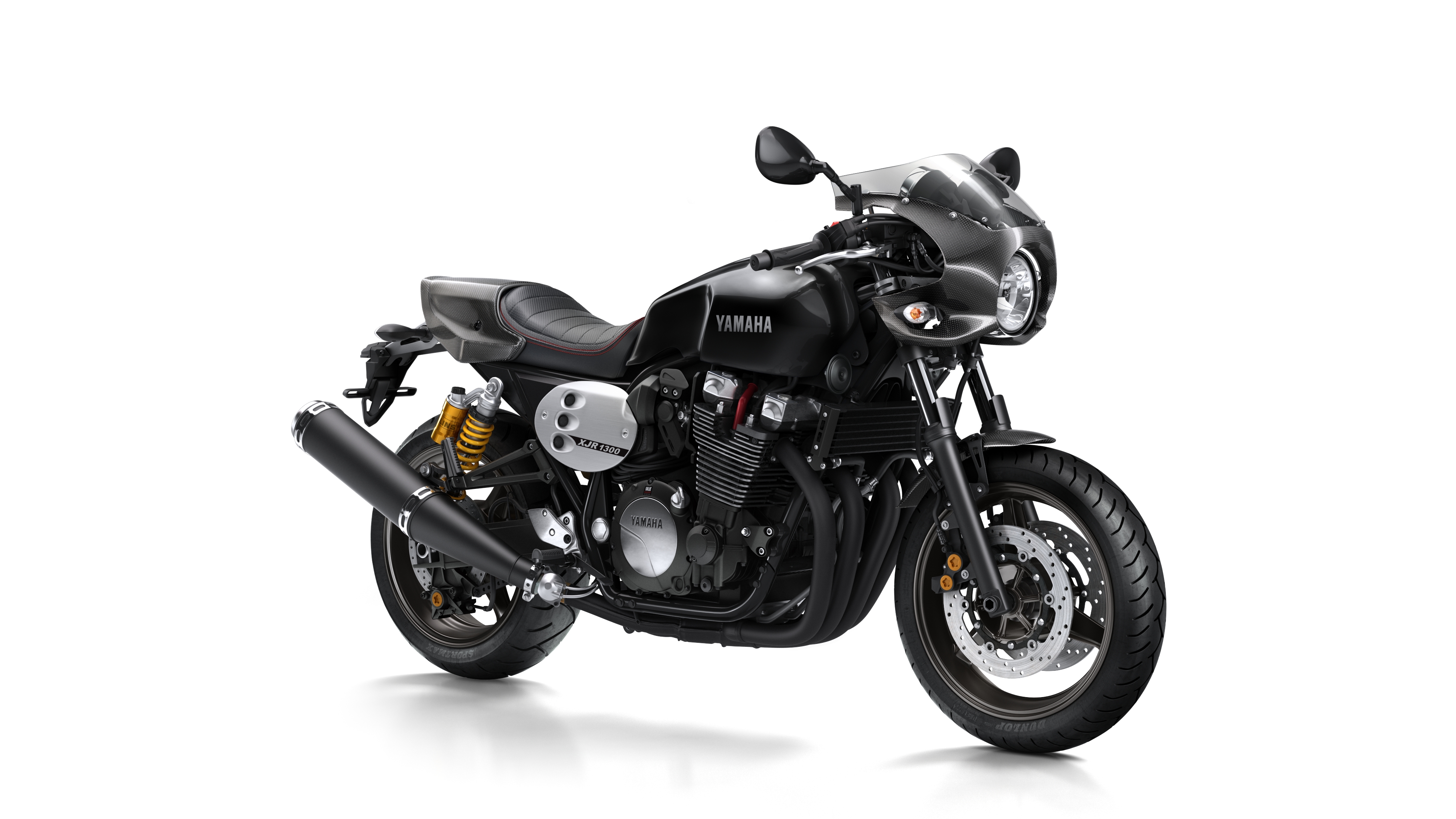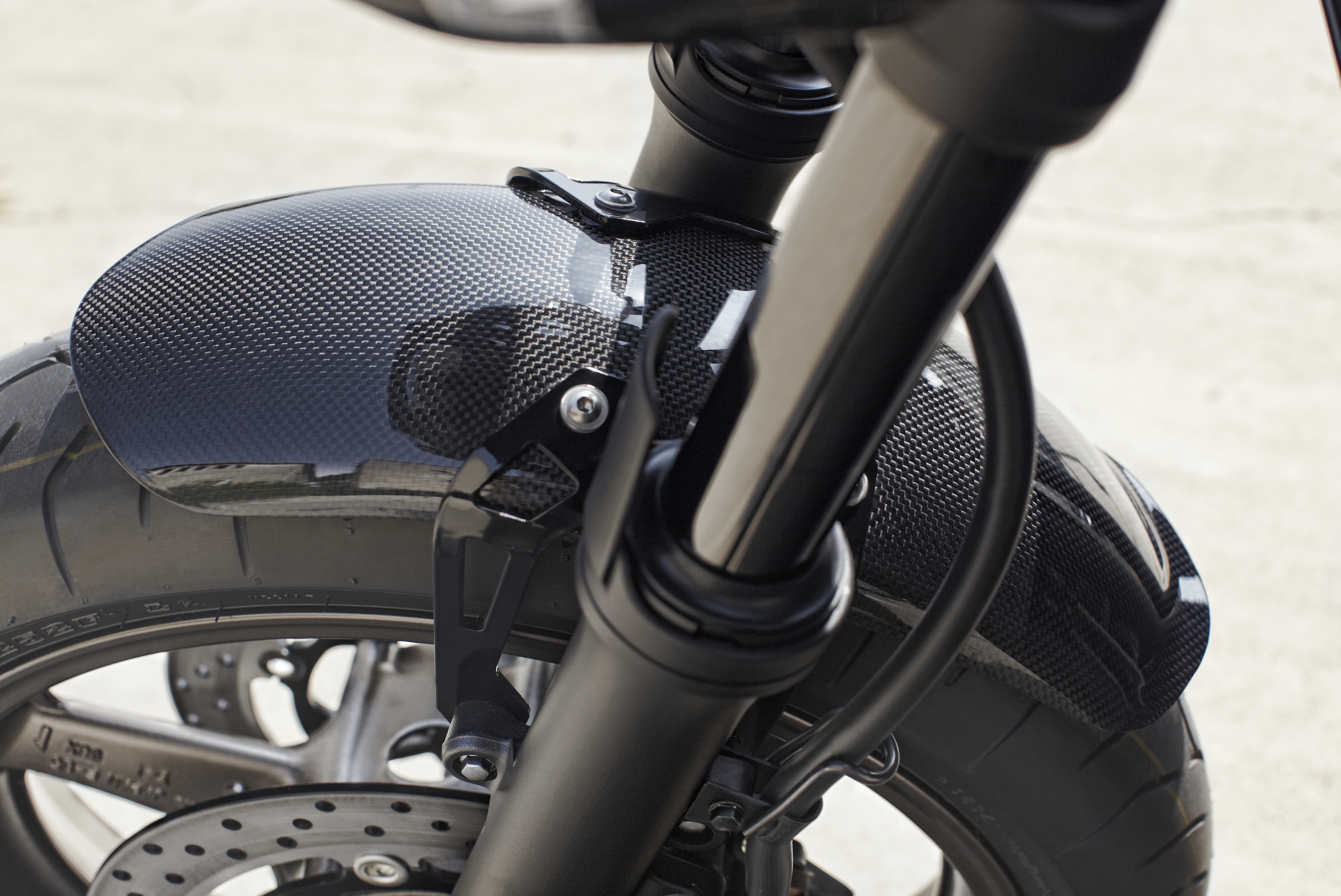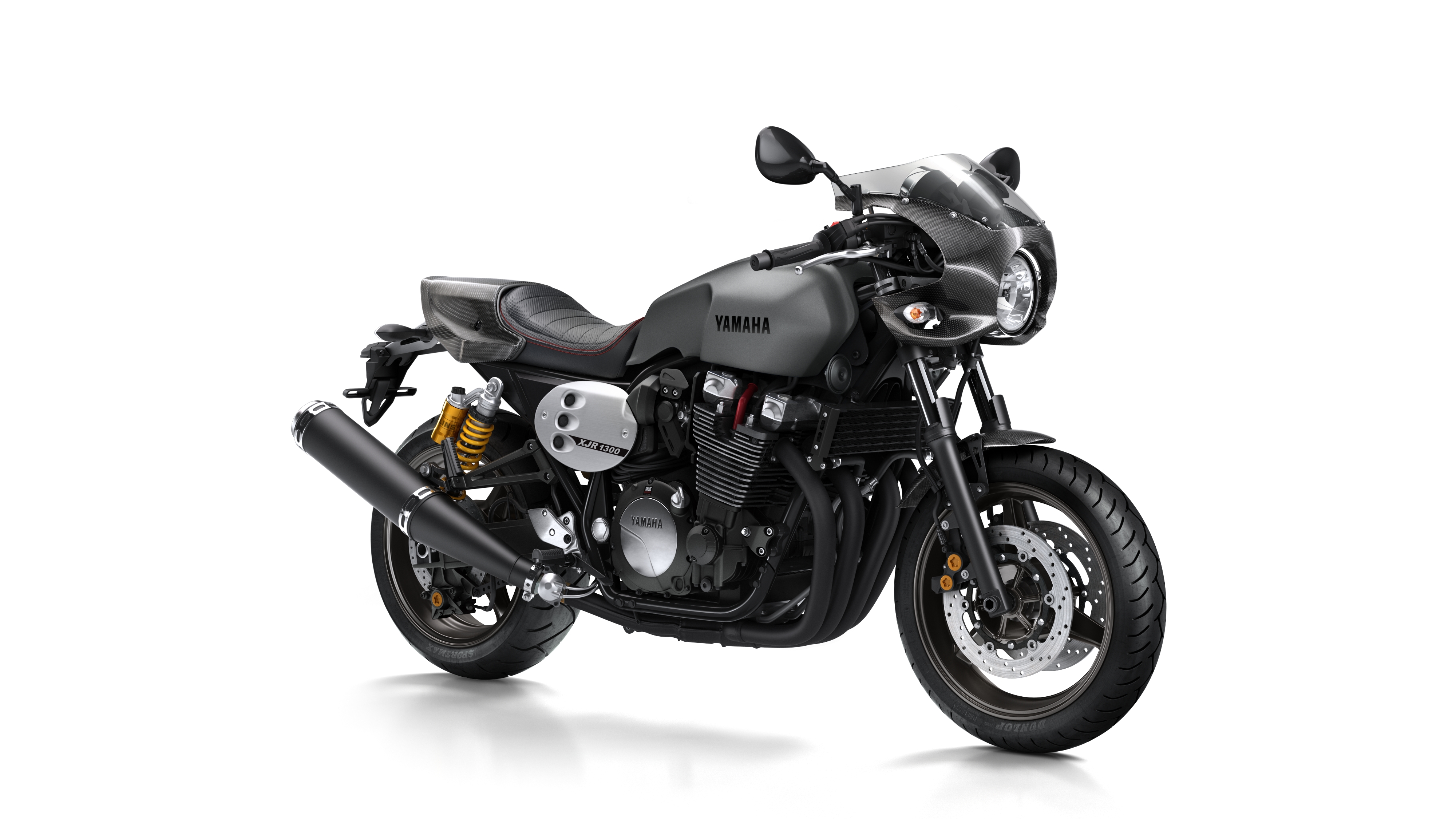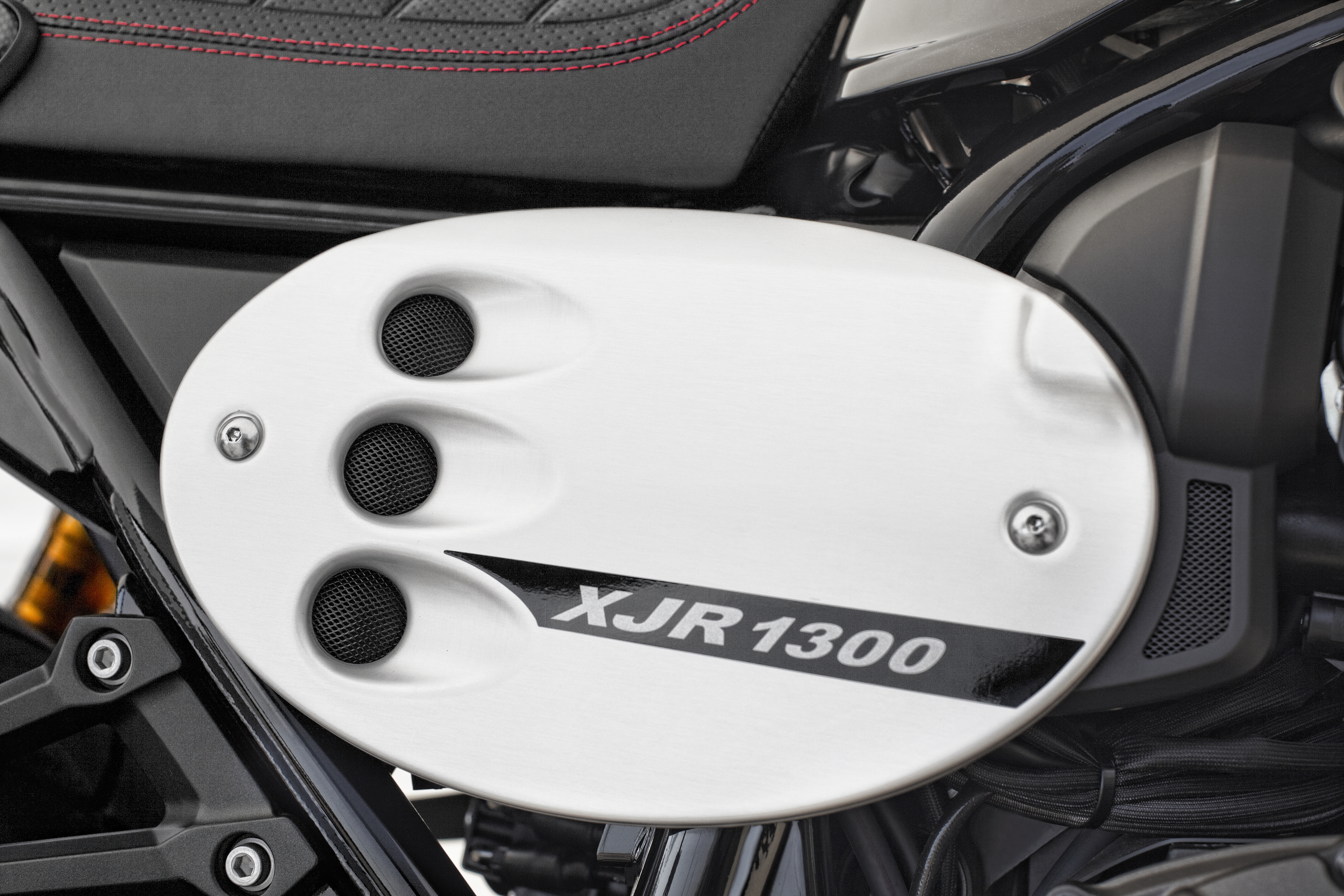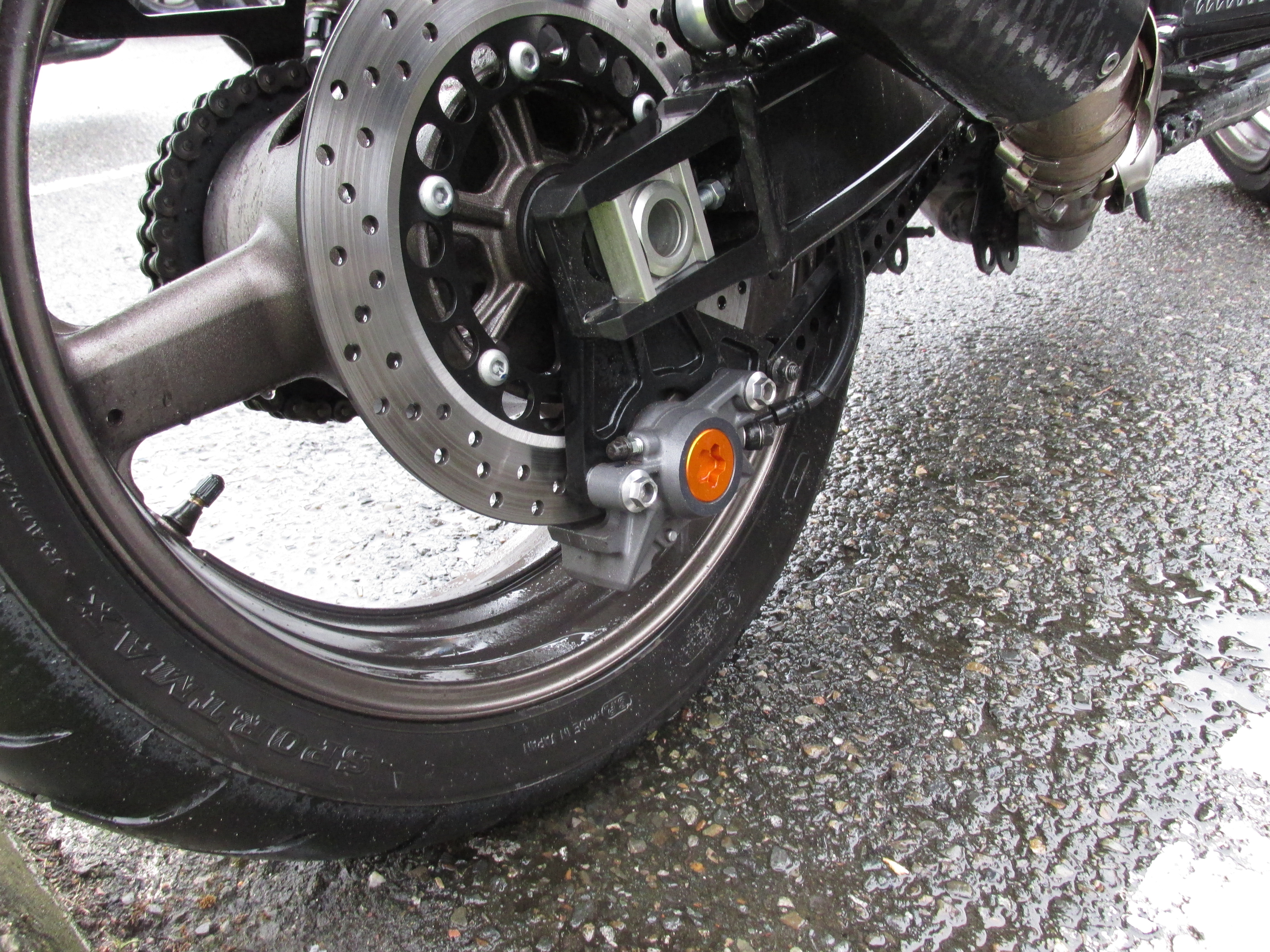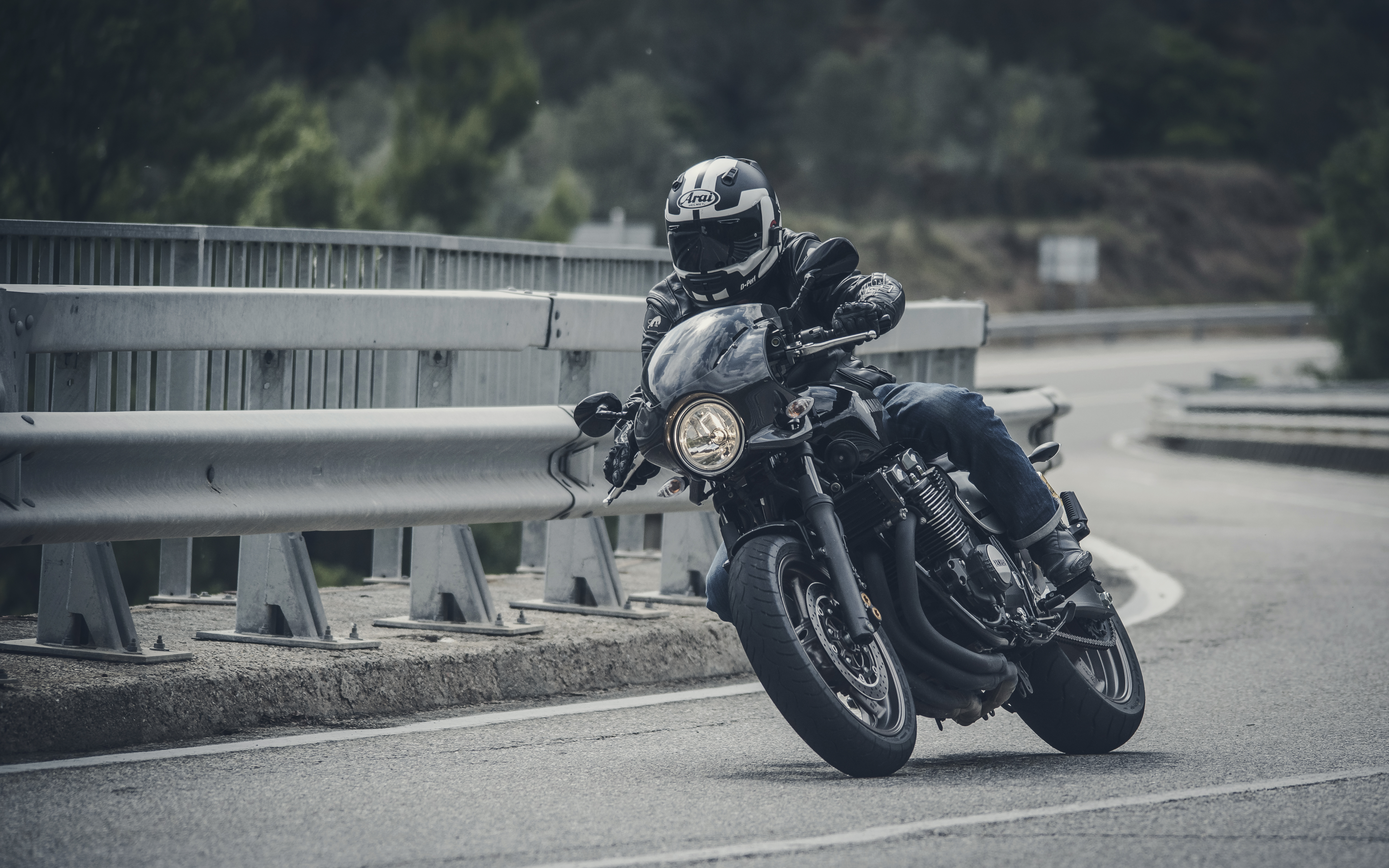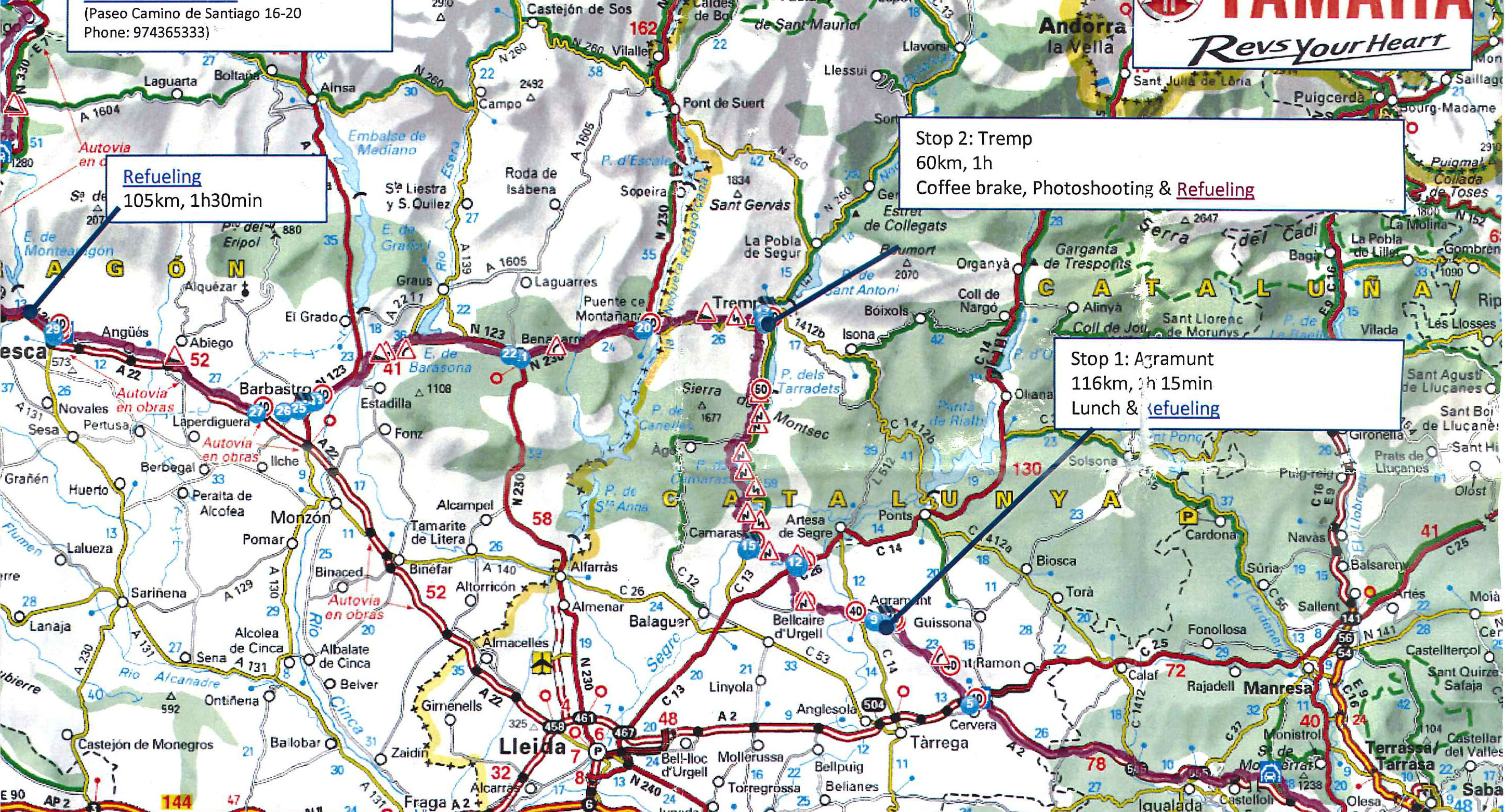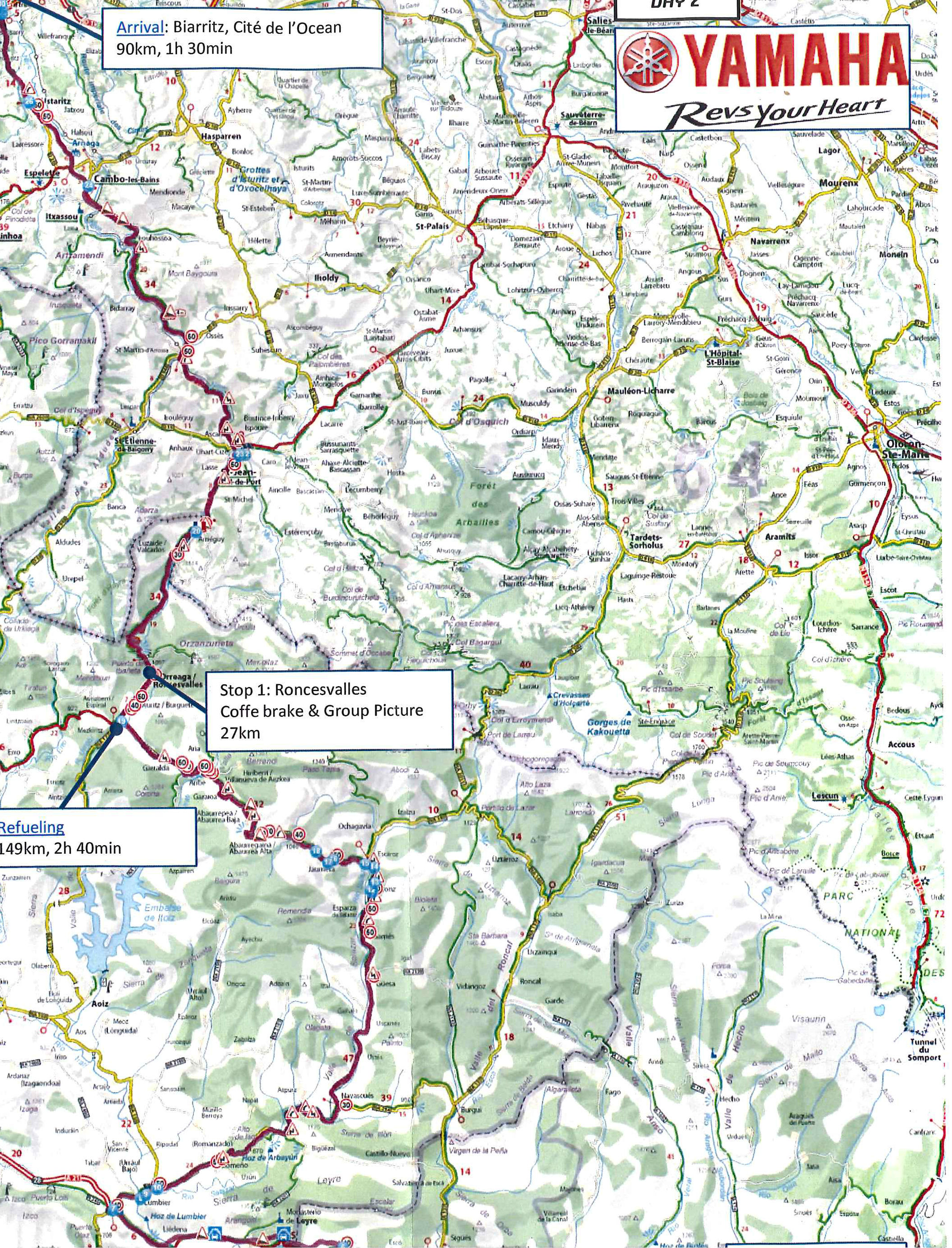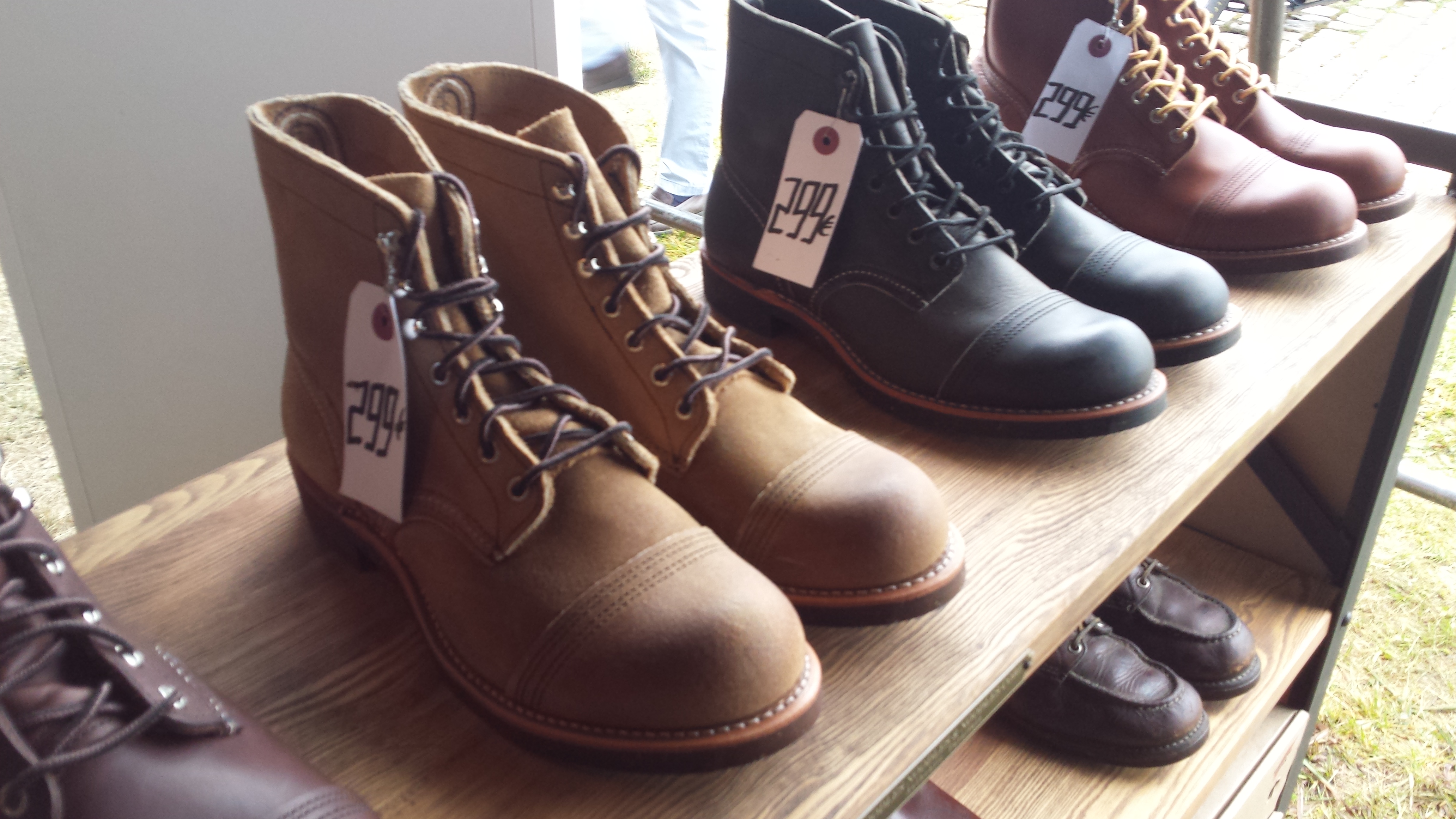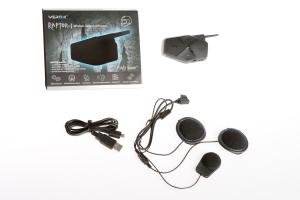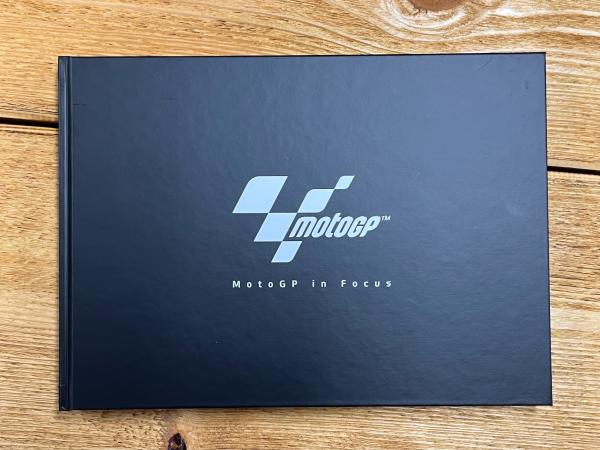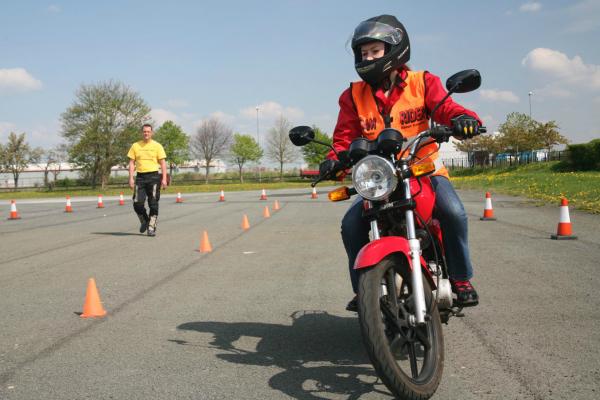What is it with pseudo-custom bikes?
HOW often do motorcycling and fashion meet? Not very often, at least in the last few decades.
Gaudy leathers stuffed with sweaty middle-aged men (like me) have ensured that, allied with Cordura and a pervasive whiff of testosterone.
But that’s changing. Fashion is happening to motorcycling. Or it could be that motorcycling is happening to fashion. The two have been hanging out for a while on custom bikes.
Unfortunately, as someone who remains steadfastly unfashionable, it’s not something that has happened to me. Nor had I yet tested the new XJR1300 Racer, until Yamaha offered me the chance of riding one from Barcelona in Spain to Biarritz in France for the annual Wheels & Waves custom bike festival.
Now I’m still not fashionable, but I have been to Wheels & Waves to see the fashionable people, and ridden the XJR1300 Racer.
It's the proper café racer-style edition of the base model XJR1300, which I tested in February. The Racer differs from the base XJR1300 in its carbon front mudguard, pillion seat cover and café racer-style handlebar fairing, and in its lower, clip-on bars. I wasn’t expecting it to feel very different.
Of course a change in riding position can alter the character of a motorcycle and in practice the XJR1300 Racer felt significantly different the moment I sat on it. The bars are much lower than the base XJR1300’s, which are straight. Perhaps the prone riding position induces an expectation of firmer suspension. Perhaps the weight on the arms makes the rider more attune to the give in the forks. The Racer’s adjustable suspension is identical to base edition’s but even at a standstill felt softer.
On the move, the back-end occasionally felt a little bouncy on twisty roads, but only briefly and never alarmingly. I don’t think it needs to be sportier. Maybe if you were going on track but not on our 400-mile, two-day route through the Pyrenees.
The XJR1300 Racer doesn’t need sportier suspension because, like the base model, it handles well. Oddly, Yamaha lists no official weight for the XJR1300 Racer on its website. The base model is 240kg wet and I wouldn’t expect the Racer’s few carbon bits to make too much difference.
It’s not a light motorcycle and upon sitting on it there’s a sense of the weight of that 1251cc air-cooled in-line-four.
But it changes direction with deceptive ease. It’s pointable at high-speed and manoeuvrable at low. Some of the journalists on the ride had a lot of fun swapping position on those bendy mountain passes.
With 98hp and 80lbft, it’s not insanely fast but the spread of torque is wide and the delivery luxuriously smooth. It builds to a top end that’s strong but unsurprising, with a 9,500rpm red line.
The brakes, twin-pot calipers on 298mm front discs and a single-pot on a 267mm rear, are powerful and progressive, not lacking in any respect, unless you mark them down for the absence of ABS. It seems odd, given all bikes over 125cc must have ABS from 2017, that Yamaha didn’t include it in the updates to the XJR1300 this year. Could the XJR1300 be enjoying its final years in Yamaha’s line-up, with the latest custom-style incarnation making a sign-off for the 16-year-old model?
The Racer has good ground clearance (the hero blobs on my pegs never touched down) and grip from the Dunlop Sportmax D252 tyres seemed good – to a point. A fair portion of our journey was through rain, sometimes heavy. Three journalists complained of the back end becoming flighty in those conditions and I was one of them.
I’m doing perhaps 60mph on a wide-radius bend, not leaning over very far. As the road straightens, I respond by opening the throttle a bit – not too much – and the back end steps out by what feels like at least a foot before coming back into line.
It was a moment, over before it could be contemplated, but disconcerting. In another moment, I think going even faster, I had a sense that it was about to do the same thing again but this time it never fully let go.
On a third occasion it let go on a roundabout, although now the effect was more comical than worrying, as the speed was much lower.
The two other journalists, both experienced riders, had also gone sideways on roundabouts.
Among the updates to the XJR1300 for 2015 was a ‘shorter and simplified’ sub-frame, to give it that pseudo-custom stubby tail unit. With that, and the extra weight of the rider’s upper body leaning on the Racer’s clip-ons, there is presumably less mass distributed to the rear tyre than would have been the case on the old version.
I think it’s manageable but something to be aware of, if only in very wet conditions.
The bars are not only low but far away from the seat. The riding position feels quite extreme, almost a superman flying pose for this 5’9” rider. On the twistier roads I didn’t think about it. Accelerating takes the weight off your arms. Braking and cornering, the mind is focussed on the forces acting on the front end, which are transferred more directly from your hands to shoulders by that riding position.
It's at a constant speed that thoughts return to posture. Time spent on the motorway passed more slowly than it would have in a more natural position. My thoughts never travelled far from my the weight on my arms, and I wondered how long it would be until we reached our turn-off.
While the engine is beautifully smooth pulling through 5,000rpm, it feels a little vibey through the bars as it sits at a constant 5,000rpm, which equates to about an indicated 80mph in the highest of its five gears.
As I became more familiar with the XJR1300 Racer, I would put my left hand on my thigh and sit up as much as I could, holding the throttle in fingertips, whenever on a boring, constant-speed road. Having started, that immediately became a habit.
Sometimes on the motorway I wanted to drag my feet, probably a sign that legroom is slightly cramped. When I did take my feet off the pegs, I got cramp, which I then had to get rid of by standing up on the pegs.
But the comfort level of the XJR1300 is not so bad overall. We covered about 230 miles on day one. With photo stops and rain, it was beginning to feel like a long day toward the end. The last 100 miles dragged on but I never felt desperate to get off the bike, only tired. My bum didn’t get uncomfortable, as it probably would have on sportier suspension. Weight on your arms must mean less on your backside – I did complain of a weary bum after 100 miles on the base model XJR1300.
New riding positions grow more tolerable and that never became unbearable either. The screen is tiny, barely higher than the twin dial speedometer and rev counter, but because your head is also low there is some beneficial wind deflection.
The clocks are traditional, with a small digital display between those two dials, featuring a fuel gauge, clock and odometer. A row of warning lights sits beneath that, including those for the indicators. Although under the rider’s nose, these manage to be inconspicuous by not flashing very brightly. Almost constantly, one person or another seemed to have left an indicator on. I don’t think that was coincidence.
The mirrors are pretty but tiny and when I tried to adjust one it came loose and swung uselessly, pointing downward. I had to wait until we stopped to reposition it and tighten the fastener.
I got 38.7mpg when I tested the XJR1300, calculated from fuel receipts. It means a range of about 120 miles from the 14.5 litre tank. On the XJR1300 Racer, the low-fuel warning started flashing 80 miles after filling up.
That plastic tank, and the prospect of it swelling due to the petrol additive ethanol, was a point of concern for some readers of my XJR1300 review. The owner's manual says the tank and fuel system will tolerate petrol containing up to 10% ethanol. Most petrol sold in the UK currently contains 5% ethanol, although fuel companies are allowed to supply up to a 10% mix under EU rules. Major fuel retailers are likely switch to 10% (E10) within the next two-to-three years.
Practicality and long-distance comfort are not primary aims of the XJR1300 Racer. It’s supposed to look like a custom bike. To be ‘born customised’ as Yamaha puts it. To fit in with the thousands of machines at Wheels & Waves.
It does fit in to a degree. Of course it doesn’t have the kudos of a real custom bike but it doesn’t look completely out of place, unlike the single, lonely sports bike I saw during two days at the festival.
In a huge and chaotic ride-out from Biarritz to the ‘Punks Peak’ hill-climb, in which real custom bikes race over a quarter mile, it felt okay to be on the XJR1300 Racer, among the modified R80s and Guzzis.
Not everyone can customise a bike, myself included. So it seems good that you can just buy a custom-style machine and go along with those who can, feeling like you’re invited to the party, not a gate-crasher.
That might be because Yamaha has managed to become part of the custom bike trend. If it had just added some pseudo-custom bikes to its line-up, it might feel more like gate-crashing to be on one. But Yamaha has also had them turned into real custom machines, its ‘Yard Built’ specials, which were on show at Wheels & Waves.
The firm sponsored the Punks Peak hill-climb but there was little sign of Yamaha branding there, and that’s probably deliberate. Becoming part of the custom bike scene seems shrewder than trying to brand it as your own, because fashion is fickle, and will probably move away.
It’s good to see at least one face of motorcycling back in fashion, even if it’s got a big, bushy beard.
Wheels & Waves is huge. There’s an exhibition and a separate ‘Wheels & Waves Village’ a sort of outdoor show where custom builders and bike makers have tents instead of stands (except BMW, who stood out with a huge, too-corporate-looking stand).
Some things about Wheels & Waves were annoying. I’m not paying €40 for a t-shirt just because it has an obscure message on it. Likewise €300 for a pair of seven-hole lace-up boots, even if they do look nice.
But it’s populated by people of a younger average age than I’m used to seeing at motorcycle events, and it’s more gender-neutral. Give me this over the BMF show any day in a lifetime.
Someone who went to Wheels & Waves last year told me the crowd had probably doubled in size. I hope it stays as big, or gets even bigger, because motorcycling needs to be cool again. It’s probably the bikes more than anything that make it feel that way. Not just the immaculate stuff, the Yard Built specials and re-imagined R nineTs, but also the weird stuff, the rusty stuff. The R80 given a roof to carry multiple surfboards. The Honda Cub with an over-sized engine and top tube. The innovative solutions. The clear hose running in and out of a petrol tank, from top to bottom, to make a crude but wonderful fuel gauge. The strange monkey bikes. The things that make you say: what is that?
It’s a side of motorcycling that might previously have seemed inaccessible to the mechanically inarticulate. But now we can go along, at least as visitors, with a custom-style bike like the XJR1300 Racer. The accessory range includes a choice of tank bags and a tail-pack, offering up to 58 litres of space, so we can also fit some luggage to take with us. Which happens to be about the limit of my customisation skills.
Model tested: Yamaha XJR1300
Price: £9,599 plus on-the-road charges
Engine: 1251cc air-cooled in-line-four
Power: 98hp @ 8,000rpm
Torque: 80lbft @ 6,000rpm
Wet weight: 240kg
Frame: Steel double cradle
Tank capacity: 14.5 litres
Seat height: 829mm
Colours: blue, black, matt grey
Availability: now
Read our Yamaha XJR1300 review
- Sign up for Visordown's weekly newsletter, Bugsplat, to get the best motorcycle news, road tests and features plus exclusive competitions and offers direct to your inbox. Register as a Visordown member here and tick the box for Bugsplat in your newsletter settings here.
��


